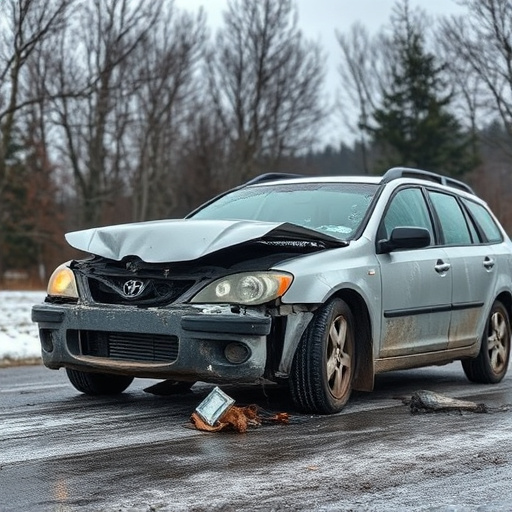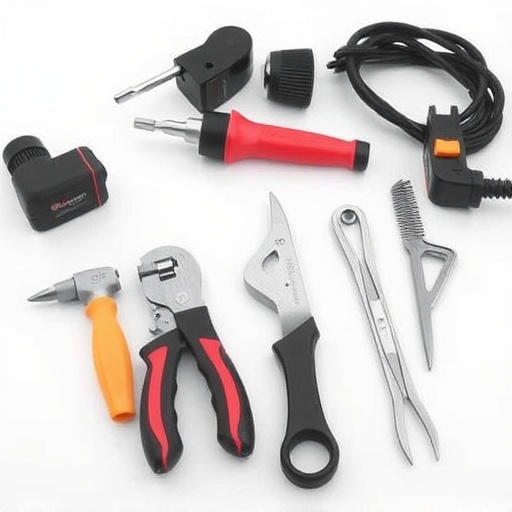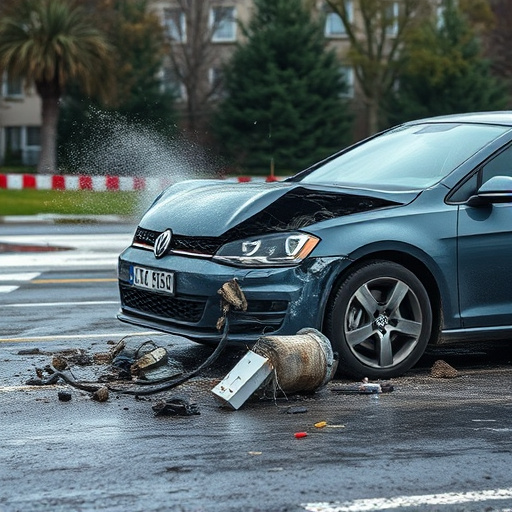Airbag safety certification is a stringent process vital for vehicle occupant protection during accidents, adhering to Federal Motor Vehicle Safety Standards (FMVSS). Manufacturers test airbags' performance in simulated collisions, ensuring effective deployment and minimal risks. This includes strict guidelines for auto glass replacement, with all components undergoing quality control. Ultimately, this enhances vehicle safety and survival rates by confirming integrated systems function optimally.
Airbag safety certification is a critical aspect of automotive safety, aligning with stringent federal regulations. This article delves into the intricacies of understanding and complying with airbag safety standards, offering a comprehensive guide for vehicle manufacturers. We explore federal regulations, their significance, and how certifications ensure optimal vehicle protection. By examining these factors, we highlight the importance of adhering to airbag safety certification requirements for enhanced passenger security on the road.
- Understanding Airbag Safety Certification Requirements
- Federal Regulations: A Comprehensive Overview
- Aligning Certifications for Optimal Vehicle Safety
Understanding Airbag Safety Certification Requirements
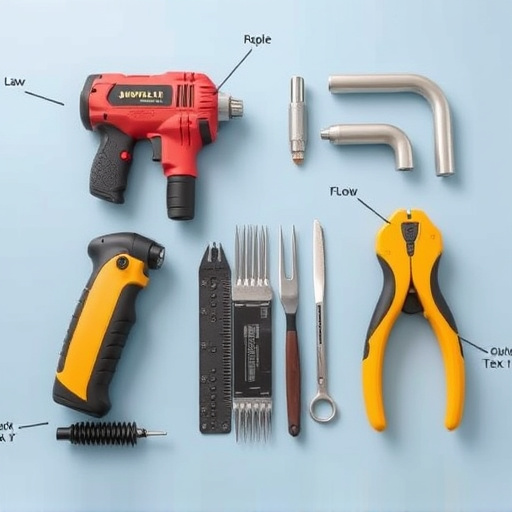
Airbag safety certification is a critical process that ensures vehicle occupants’ protection during accidents. This rigorous evaluation aligns with federal safety regulations, setting a high standard for automotive manufacturers and parts suppliers. To obtain this certification, auto companies must demonstrate that their airbags meet specific performance criteria in simulated collision scenarios. The process involves extensive testing, including various impact conditions, to verify airbag deployment effectiveness and minimize potential risks.
This certification goes beyond ensuring the proper functioning of airbags; it also encompasses strict guidelines for components like auto glass replacement and vehicle repair services. All integrated systems, from sensors to inflators, are subject to rigorous quality control measures. This comprehensive approach guarantees that in the event of a vehicle collision repair, the safety features designed to protect passengers operate as intended, enhancing overall vehicle safety and passenger survival rates.
Federal Regulations: A Comprehensive Overview

The Federal Motor Vehicle Safety Standards (FMVSS) are a set of stringent regulations designed to ensure motor vehicle safety in the United States. These standards cover various aspects, including structural integrity, crashworthiness, and protection against fire hazards. When it comes to airbags, FMVSS 208 specifically addresses their performance and reliability requirements. This regulation ensures that airbags deployed during a collision effectively reduce the risk of severe injuries or fatalities.
Airbag safety certification is a critical process that aligns with these federal regulations. It involves rigorous testing and evaluation of airbag systems, including dummy simulations and crash scenarios. The goal is to verify that airbags function optimally, deploy consistently, and provide adequate protection to vehicle occupants. This certification not only guarantees the safety of new vehicles but also sets a benchmark for auto maintenance and vehicle restoration professionals, ensuring that modified or restored vehicles meet the same stringent safety standards as new ones.
Aligning Certifications for Optimal Vehicle Safety
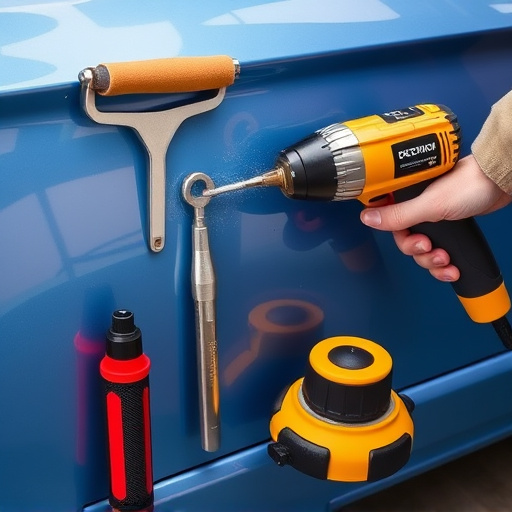
Airbag safety certification plays a pivotal role in ensuring that vehicles meet stringent federal safety regulations. By aligning certifications, automakers can guarantee that their vehicles are equipped with reliable airbag systems, enhancing passenger protection during accidents. This process involves rigorous testing and verification to comply with standards set by regulatory bodies, such as the National Highway Traffic Safety Administration (NHTSA) in the United States.
Proper alignment ensures not just adherence to regulations but also optimal vehicle safety. It promotes the integration of advanced airbag technologies, including side impact airbags, knee airbags, and seatbelt pretensioners, which collectively minimize the risk of injuries. Furthermore, this alignment drives innovation in automotive collision repair, with techniques like paintless dent repair and hail damage repair becoming more prevalent, allowing for faster restoration without compromising safety or aesthetics.
Airbag safety certification plays a pivotal role in ensuring vehicle safety, closely aligning with federal regulations. By understanding both the certification requirements and federal guidelines, manufacturers can optimize their vehicle’s protection. This comprehensive approach not only meets legal standards but also guarantees that vehicles are equipped with reliable airbags, enhancing overall passenger safety on the road.
